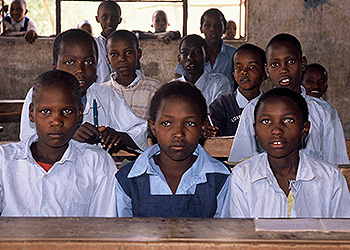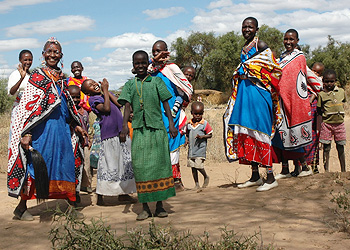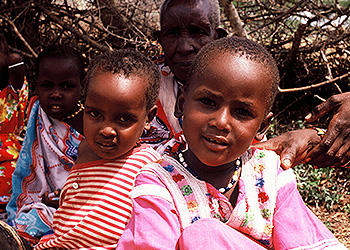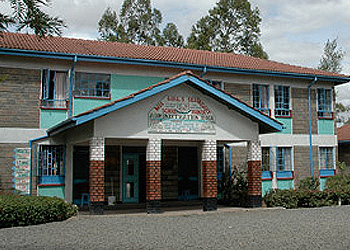 Gender discrimination is recognized by Kenya’s government and other organizations as the number one cause of persistent poverty among the Maasai, causing a higher than average rate of illiteracy, as well as preventing economic development in the area. Government agency reports also attribute illiteracy among women as the primary cause of malnutrition and poor health in the area.
Gender discrimination is recognized by Kenya’s government and other organizations as the number one cause of persistent poverty among the Maasai, causing a higher than average rate of illiteracy, as well as preventing economic development in the area. Government agency reports also attribute illiteracy among women as the primary cause of malnutrition and poor health in the area.
The widespread benefits to societies of educating women are well-documented. This is true in every culture, worldwide. This is true in Kenya. This is true in Kenya’s Kajiado County, where two-thirds of its Maasai population live.
The Need to Eliminate Gender Discrimination
 Gender discrimination in education among the Maasai in Kenya is recognized as the number one cause of persistent poverty and all of its consequences, especially to health and nutrition of the Maasai people.
Gender discrimination in education among the Maasai in Kenya is recognized as the number one cause of persistent poverty and all of its consequences, especially to health and nutrition of the Maasai people.
As recently documented in a report by the Ministry of Finance and Planning in Kenya, “the incidence of gender discrimination” in the Kajiado District “is high.”
The report states:
“Illiteracy has emerged as the number one root cause of poverty in the district. Education is a means of overcoming poverty, increasing income, improving nutrition and health, reducing family size as well a raising people’s self confidence and enriching the quality of their lives. However, …the incidence of gender discrimination in education is high. Most women tend to be illiterate, especially in rural areas. Chances of a girl child, as compared with the boy child being in school are proportionately lower and the discrimination continues… “
 The report also recognizes that:
The report also recognizes that:
“…the gender gap in education however comes at a high cost to growth and development. For example, the mother’s education is the single most important determinant of a family’s health and nutrition. Female discrimination must be overcome through increased awareness on the importance of education for all, and in particular, increased female participation in education and formal sector employment…”
Republic of Kenya, Ministry of Finance and Planning, Kajiado District Development Plan 2002-2008.
 Another report states:
Another report states:
“…the major cause of poverty in the Kajiado District is illiteracy… There exists profound gender disparities in provision of educaion and attainment of education at all levels of schooling.”
Kenya National Coordinating Agency for Population and Development, District Strategic Plan 2005-2010
A very small investment can have a very large impact in Kenya. A Maasai girl’s boarding school education in Kenya costs between $250 and $750 per year, varying according to the school and grade level she attends. This includes payment for tuition, room and board, supplies, uniforms, and transportation. Vocational school, college, and university education costs up to $2,000 per year.
